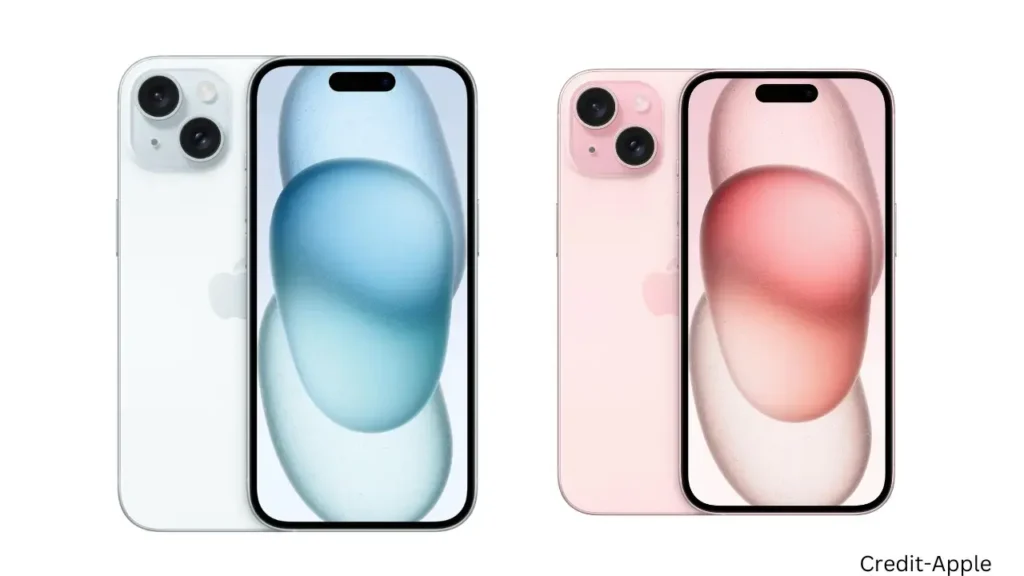Apple’s iPhone 15 represents the company’s latest effort to refine its mainstream smartphone offering. While not a radical departure from previous models, it introduces several meaningful improvements that make it one of the most compelling options in Apple’s current lineup. This review will examine every aspect of the device to help you determine if it’s the right choice for your needs.
Design and Build Quality
The iPhone 15 maintains Apple’s signature aesthetic while introducing subtle refinements. The aerospace-grade aluminum frame now features contoured edges that improve ergonomics, making the device more comfortable to hold for extended periods. Apple has upgraded the back glass with a new color-infused matte finish that resists fingerprints better than previous glossy designs.
At 6.1 inches, the device retains a familiar form factor that balances screen size with one-handed usability. The introduction of the Dynamic Island replaces the traditional notch, providing a more modern look and additional functionality. Perhaps most significantly, Apple has finally transitioned to USB-C, bringing the iPhone in line with its other products and the broader electronics industry.
Display Technology
The Super Retina XDR OLED display sees incremental but meaningful improvements. Peak brightness now reaches 2000 nits for HDR content, making it significantly more visible in direct sunlight. The panel maintains excellent color accuracy and supports True Tone technology for automatic white balance adjustment.
While the display quality is superb for everyday use, the lack of ProMotion technology (Apple’s 120Hz adaptive refresh rate) remains noticeable, especially for users accustomed to smoother scrolling on Pro models or competing Android devices. The Ceramic Shield front glass continues to offer industry-leading drop protection.
Performance and Hardware
Powered by the A16 Bionic chip, the iPhone 15 delivers exceptional performance across all use cases. This processor, previously exclusive to Pro models, handles demanding tasks like 4K video editing and high-fidelity gaming with ease. The 6-core CPU and 5-core GPU configuration provides ample power for current applications while ensuring strong energy efficiency.
Memory configurations start at 128GB, with options up to 512GB. The NVMe storage delivers blazing-fast read/write speeds, though the base storage may prove limiting for users who capture significant 4K video or maintain large media libraries.
Camera System
The camera system receives its most significant upgrade in years. The new 48MP main sensor captures dramatically more detail than previous 12MP sensors, while pixel binning technology ensures excellent low-light performance. The addition of a 2x optical zoom option (achieved through a crop of the high-resolution sensor) provides welcome versatility.
Image processing benefits from Apple’s latest computational photography algorithms, with improved Smart HDR for better highlight and shadow detail. Night mode sees incremental improvements, though the ultra-wide camera remains unchanged from previous generations. Video capabilities remain industry-leading, with cinematic mode now supporting 4K at 30fps.
Battery Life and Charging
Battery performance shows modest improvements over the iPhone 14. Most users can expect a full day of moderate use, with screen-on time typically ranging between 6-8 hours depending on usage patterns. The transition to USB-C enables faster charging speeds (up to 50% in approximately 30 minutes with a 20W or higher adapter), though Apple continues to exclude a charger in the box.
Wireless charging remains available via MagSafe and Qi standards, with future Qi2 compatibility promised via software update. Battery health management features help prolong the battery’s lifespan over years of use.
Software and Features
iOS 17 brings several quality-of-life improvements to the iPhone 15. StandBy mode transforms the device into a smart display when charging in landscape orientation. The redesigned Contacts app and NameDrop feature simplify sharing contact information.
Apple’s commitment to long-term software support ensures the iPhone 15 will receive major iOS updates for at least five years, with security updates likely continuing beyond that timeframe. The A16 chip’s neural engine powers enhanced machine learning features throughout the operating system.
Final Conclusion
The iPhone 15 represents a thoughtful evolution of Apple’s smartphone formula. It’s particularly compelling for:
- Users upgrading from iPhone 11 or earlier
- Those who prioritize camera quality in a compact form factor
- Anyone seeking the longevity of Apple’s software support
However, it may not justify an upgrade for:
- Current iPhone 14 owners
- Users who prioritize display refresh rate
- Those who require advanced camera features like telephoto zoom
Read More-


